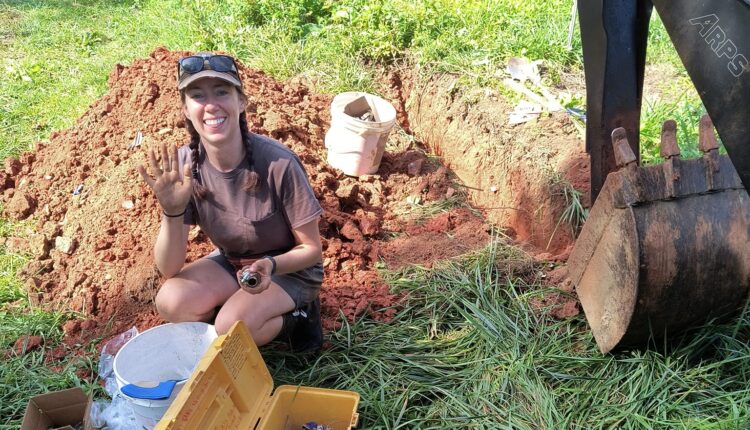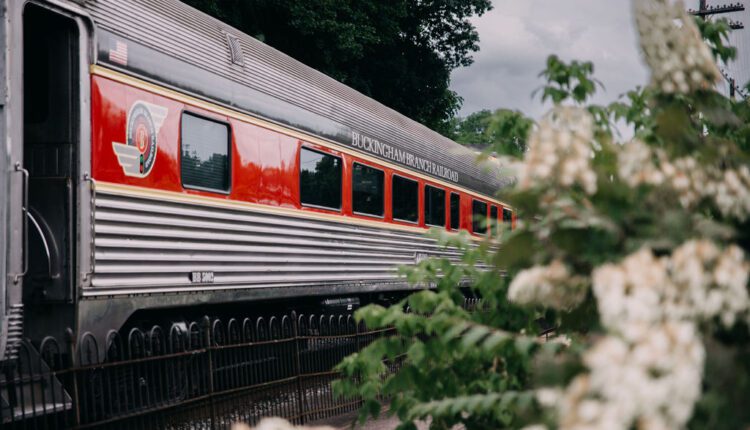
Photo courtesy of Twin Oaks.
Learn about Louisa County’s Twin Oaks Community, an off-the-grid group that fosters intentional community.
Nestled in rural Louisa County, the Twin Oaks Community is an intentional living experiment that has been thriving since its founding in 1967. Inspired by B.F. Skinner’s book “Walden Two,” which depicted a fictional behaviorist community, Twin Oaks has become a living embodiment of principles rooted in cooperation, resource-sharing, and communal living.
What is an intentional community?
According to the Foundation for Intentional Community, an intentional community is defined as “a group of people who have chosen to live together or share resources on the basis of common values.” This encompasses various forms, including communes, ecovillages, cohousing, coliving spaces, and student cooperatives.
FIC emphasizes that intentional communities aim to model more cooperative, sustainable, and just ways of life. The organization has over 35 years of partnership with hundreds of intentional communities worldwide, curating a directory of over 1,000 communities and providing resources and educational events.
Founding and development
Twin Oaks was established by a group of individuals captivated by the ideals presented in “Walden Two.” With a vision to create a real-life community based on these principles, the founders secured a three-year lease on the land for just $50, with an option to buy if the community proved viable. The community said this experiment succeeded, allowing Twin Oaks to purchase the land and expand its holdings to approximately 500 acres over the years.
While the community initially identified as behaviorist, it has since evolved beyond that label. Today, Twin Oaks retains key features from Skinner’s vision, particularly the labor credit system and the Planner-Manager model of governance. Most current members are not intimately familiar with the book itself. Notably, Skinner visited Twin Oaks twice, including a televised appearance on PBS’s Nova in 1979.
A unique economic model
Central to Twin Oaks’ operations is its income-sharing model. Members retain ownership of personal assets they bring with them, which are “frozen” during their time in the community. However, all income generated from the community’s businesses is pooled into a collective treasury. Members do not receive individual wages or salaries; instead, the community said they work approximately 40 hours each week across various communal roles, including work in the community’s businesses—primarily wholesale seed sales, tofu production, hammock manufacturing, and book indexing.
The wholesale seed-selling business has become the community’s largest income source, especially following changes spurred by a fire at their industrial site and ongoing pandemic impacts. While the tofu and hammock businesses are undergoing transitions, indexing continues to be a steady contributor to their economic stability. The community’s commitment to producing organic heirloom seeds, particularly for Southern Exposure Seed Company, has also emerged as a significant income-generating activity.
In return for their labor, members receive essential services such as housing, food, clothing, and healthcare. Each member also receives a small personal spending allowance of roughly $100 a month for discretionary expenses. The community said this economic model promotes equitable wealth distribution and allows it to afford amenities that benefit all members.
Work and labor credits
Work is integral to life at Twin Oaks. Members contribute to various tasks both in community-owned businesses and domestic areas, including gardening, maintenance, childcare, and cooking. The community employs a labor credit system to track contributions, with each hour worked earning one labor credit. Members are required to accumulate 42 labor credits weekly, fostering a sense of accountability and shared responsibility.
The work system is flexible, allowing members to choose tasks based on personal preferences, whether they lean towards physical or sedentary activities. The only mandated duty is a two-hour kitchen cleaning shift each week. The community said this approach encourages collaboration and ensures that all necessary work is accomplished without creating a rigid structure.
Resource sharing and transportation
Twin Oaks embraces a philosophy of resource sharing, which extends to its transportation system. The community collectively owns a fleet of about 18 vehicles, eliminating the need for personal cars among its approximately 85 adult members.
The community says prioritizing resource sharing enhances egalitarianism and minimizes environmental impact. Members can access transportation for errands through a communal system, where one individual typically handles daily shopping trips, reducing the need for multiple vehicles to make the same journey.
Childcare and education
The community’s approach to childcare has also evolved. Initially, Twin Oaks operated a fully communal child-care system reminiscent of the Israeli kibbutzim. However, parents sought more involvement in their children’s upbringing, prompting a shift toward a model where parents share child-care responsibilities with designated “primaries”—non-parent adults committed to spending time with specific children. Each child is allotted a certain number of child-care labor credits, allowing for a balance of parental and community involvement.
Education at Twin Oaks is primarily homeschooled, driven by the preferences of both parents and children. The community embraces a flexible approach, with some families opting for structured curricula while others adopt an un-schooling model. Non-parent adults often take on teaching roles, sharing their knowledge in various subjects. Children also participate in annual standardized testing, ensuring educational accountability while maintaining flexibility.
Membership process
Becoming a member of Twin Oaks involves a rigorous selection process. Prospective members must be willing to adhere to community agreements, including the income-sharing model and a ban on personal vehicles. During a three-week visitor period, candidates interview with the Membership Team, sharing their life stories and discussing how they handle conflict and cooperate with others.
Following this, there is an input period where current members provide feedback on the visitor, leading to a collective decision regarding membership. The community said health considerations are also taken into account, ensuring that all members can contribute positively to community life.
Challenges and departures
Life at Twin Oaks is not without its challenges. Individuals may choose to leave for various reasons, including personal desires for different lifestyles or dissatisfaction with communal living. In rare cases, a member may be asked to leave due to repeated unacceptable behavior; however, the community said efforts are made to address issues before such a decision is made.
The community said that as it continues to adapt to its members’ needs, it remains rooted in its founding principles while exploring various approaches to communal living.
This article first appeared on Good Info News Wire and is republished here under a Creative Commons license.

25 books publishing in 2025 that we can’t wait to read
When it comes to book releases, 2025 is pretty stacked (🥁). Whether you’re looking for something BookTok approved or you want to support...

Your guide to Virginia’s 4 International DarkSky Parks
Enjoy a night of stargazing at these four DarkSky Virginia State Parks. Virginia is home to four Virginia State Parks recognized as International...

Hop aboard these 6 holiday train rides in Virginia for festive fun
These festive train rides are waiting for you to hop aboard and experience the holiday season in Virginia. This holiday season, Virginia’s railways...

Richmond homes dazzle with 40,000+ Christmas lights
Get ready to light up your holiday season with Richmond's light tours, where homes across the city and surrounding areas sparkle with festive...

Top 9 things to do after dark in Virginia
With the shorter days and earlier sunsets, you might be wondering what fun activities Virginia has to offer. Just because it gets dark early doesn’t...

Crap, it’s Christmas: What to do if you’ve forgotten someone’s gift
So busy decking the halls that you accidentally left someone off your Christmas list? We’re here to help in a holly jolly haste. Gift giving is my...





